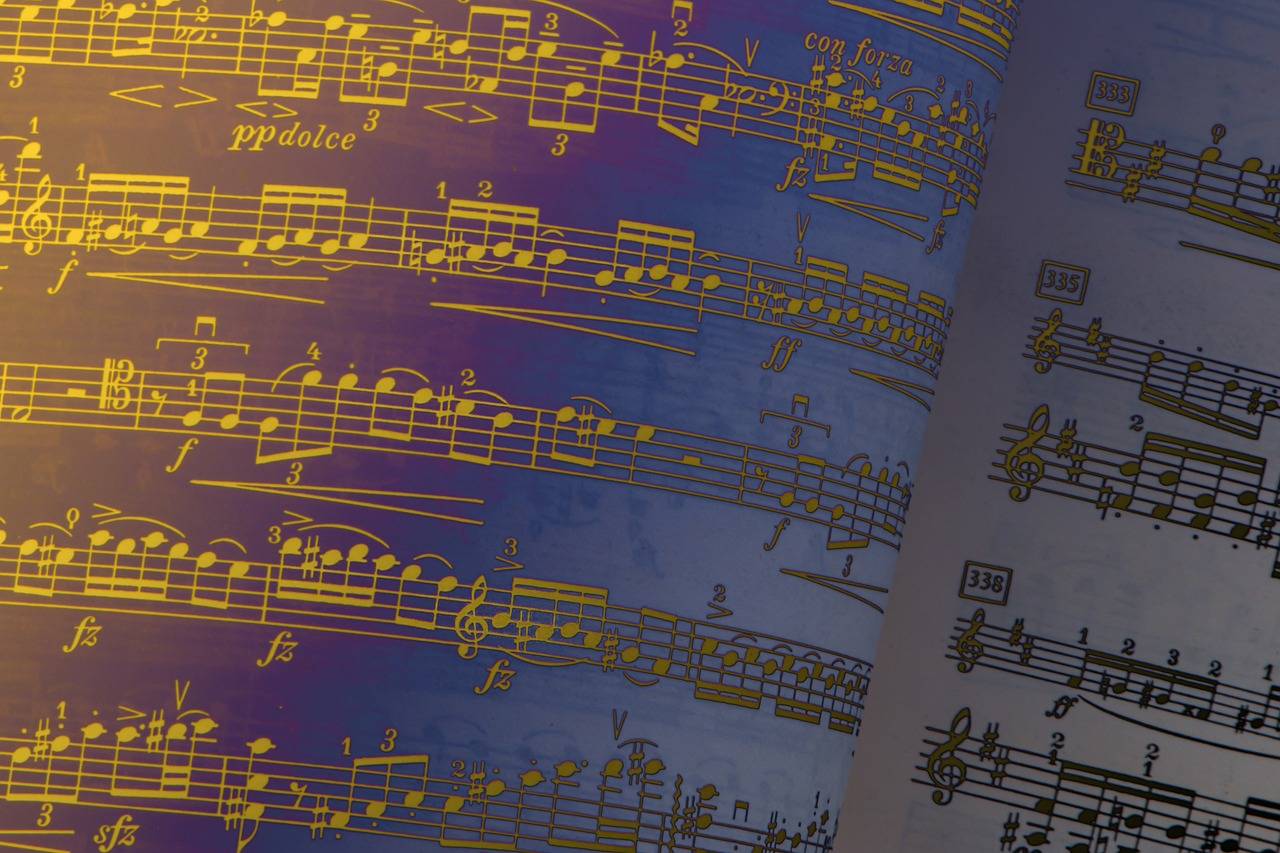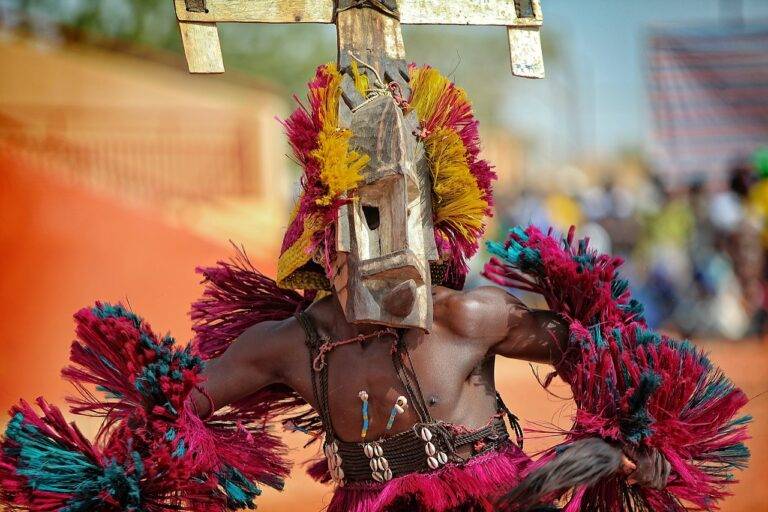Behind the Scenes: The Art of Choreography in Musical Theater
Choreography in musical theater has evolved significantly over the years, adapting to changing tastes and styles. In the early days of Broadway, choreography was often simple and used primarily to enhance the storytelling of the production. It wasn’t until the 20th century that choreographers like Agnes de Mille and Bob Fosse began to revolutionize the art form, incorporating more intricate movements and creative staging.
As musical theater continued to gain popularity, choreography became a crucial element in captivating audiences and enhancing the overall experience. In the mid-20th century, choreographers like Jerome Robbins and Michael Bennett pushed boundaries with their innovative techniques, blending dance styles and storytelling in groundbreaking ways. Their contributions paved the way for a new generation of choreographers to continue pushing the boundaries of what is possible on stage.
Developing a Concept for Choreography
When it comes to developing a concept for choreography in a musical theater production, it is essential to consider the overall theme and message of the show. The choreography should seamlessly integrate with the storyline, enhancing the emotions and narrative being conveyed on stage.
Prior to beginning the choreography process, it is crucial for the choreographer to have a deep understanding of the characters, their relationships, and the setting of the musical. By immersing themselves in the world of the production, the choreographer can create movement that is authentic and resonates with the audience.





